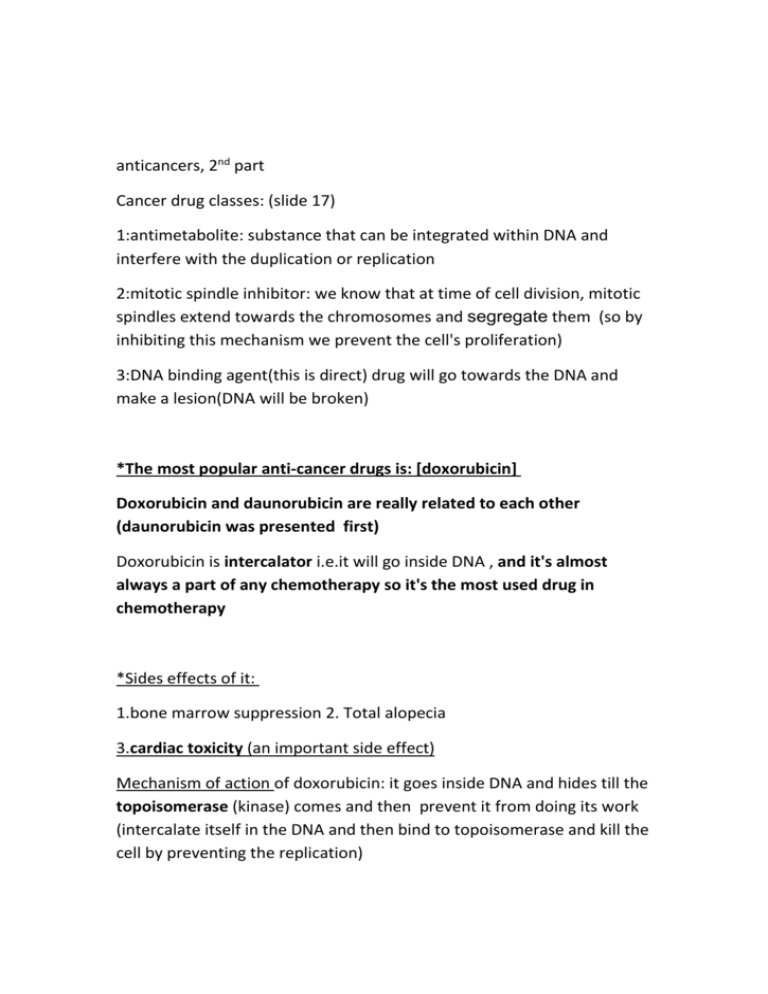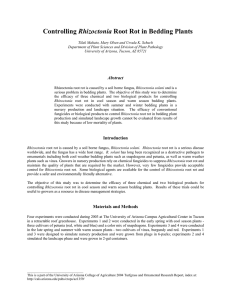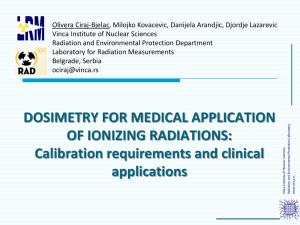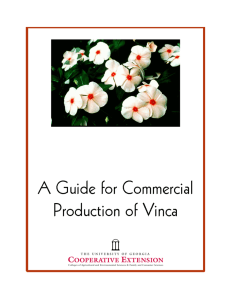Pharma 25 Part 2
advertisement

anticancers, 2nd part Cancer drug classes: (slide 17) 1:antimetabolite: substance that can be integrated within DNA and interfere with the duplication or replication 2:mitotic spindle inhibitor: we know that at time of cell division, mitotic spindles extend towards the chromosomes and segregate them (so by inhibiting this mechanism we prevent the cell's proliferation) 3:DNA binding agent(this is direct) drug will go towards the DNA and make a lesion(DNA will be broken) *The most popular anti-cancer drugs is: [doxorubicin] Doxorubicin and daunorubicin are really related to each other (daunorubicin was presented first) Doxorubicin is intercalator i.e.it will go inside DNA , and it's almost always a part of any chemotherapy so it's the most used drug in chemotherapy *Sides effects of it: 1.bone marrow suppression 2. Total alopecia 3.cardiac toxicity (an important side effect) Mechanism of action of doxorubicin: it goes inside DNA and hides till the topoisomerase (kinase) comes and then prevent it from doing its work (intercalate itself in the DNA and then bind to topoisomerase and kill the cell by preventing the replication) *Every cancer patient take it (though in head and neck tumors it's not that used) *it's the most important agent in breast cancers chemotherapies (but keep in mind its cardiac toxicity side effect) *used in Wide range of solid tumors + leukemias _____________________________________________________ Alakylating agents (they alkylate i.e. add CH3 or C-R groups) we have in this group Cyclophosphamide but not very used in head and neck, we use cysplatin (alkylating -like agent) more [cysplatin is the most commonly used agent in head and neck tumors] +it's very used in testicular cancer -ovarian cancer -colon cancer, mechanism of action: alkylate guanine so there will be cross linking in DNA an breakage (slide 22) *Cysplatin importance that it leads to complete remesion (in testicular cancer and ovarian cancer there will be complete remission) *Testicular cancer is linked with complete cureness and this is due to the use 1. A drug called Larvae?? and 2.cysplatin(in the second place) *So it's used in wide range neoplasms +in germ cell tumors(testicular and ovarian+breast cancer) ,in head and neck it's the best (keep in mind) *Scenarios for giving cysplatin: 1.Neoadjuvant: administration of drugs before surgery and before irradiation, so as a.to have a well prominent tumor+ smaller ,And an easier surgery, b.if we give the drug after surgery the tumor blood vessels(formed by angiogenesis) will be broken due to the surgery so the drug will not reach the tumor *Neoadjevunt is composed of [cysplatin + 5-flurouracil] 2. Concomitant: we give cysplatin with radiation(there is a synergistic activity between cysplatin and radiations) 3.Adjevunt therapy: after radiation and surgery ,since there are cells that escape from the tumor during radiation, we give 7 cycles of the drug *Important term : Palliative therapy: for example stage 4 metastisized head and neck cancer, giving a drug has nothing to do with the tumor, we give the drug to just palliate i.e. to reduce the symptoms *Cysplatin is a platinum analogue *Cysplatin causes nephrotoxicity (has some relation to dentistry especially if we prescribe a drug that's known to have such effect e.g. gentamycin) So it causes Ototoxicity+nephrotoxicity just like gentamycin(so think before giving gentamycin to a patient on cysplatin therapy) --------------------------------------------------------------------------------Antimetabolites: we do pay attention to 5-flurouracil (the other agent in neoadjuvant) [So cysplatin+flurouracil are the most commonly prescribed drugs for head and neck neoplasms (in addition to Cetuximab)] 5-flurouracil don’t have that relation with dentistry except when we have mucocytitis (inflammations and ulcers) *mechanism of action (slide 26): we give falsy metabolites that enter the DNA and stop the duplication ,it mimics uracil(as its name indicates),so It inhibits thymidylate synthetase enzyme(by mimicking its substrate)(slide 28) ------------------------------------------------------------------------mitotic spindle inhibitor: add on drug, they are taken from plants We have in this group two subgroups: vinca lkaloids and taxanes (paclitaxals) Vinca alkaloids: 1;vinblastine 2;vincristine ,both are derived from vinca *rosa plant *taxanes are derived from western yew tree *Taxanes are More important than vinca alkaloids in head and neck (usually we don’t use vinca alkaloids) But both taxanes and vinca alkaloids have peripheral neuromuscular effects; they cause a jaw pain and gingivla pain, or they cause pain in the extremities, so both types (vinca and taxenes) cause peiphral neuropathy and neuromuscular pain *Dr. read slide 30+31 ,he comments on slide 31 that mandibular molars pain may arise from taking both drugs(vinca alkaloids+taxanes) so the pain here isn't due to an infection in the tooth *Dr. read slide 34: Xerostomia is linked with anticancer drugs, And xerostomia is related to the formation of caries and other related dental problems *Dr. read slide 33:remember when we talked about antifibrinolytic rinses and aminocaproic acid; they are applied on gauzes and used to trigger blood coagulation after oral bleeding *Dr. read about Mucositis (slide 32):the use of topical anesthesia here is very recommended to reduce the pain, though it's believed that topical anesthesia may cause some problems e.g. lidociene has many bad effects on the heart (hypotention+arrhythmias) So in patients with anticancer drug who are susciptable for ulcerations and mucositis we can use topical anesthesia *Dr. read Slide 35: trismus(bruxism) is linked with radiation therapy ----------------------------------------------------------- Hormonal therapy *In breast cancer and prostate cancer *The most important one in this group is: Tamoxifin *Prophylactic treatment: ladies who have BRCA1+BRCA2 are more susciptable to have breast cancer so we do give them prophylactic therapy (5 years of tamoxifin) ,specially those in the most risky period (35-50) *Tomaxifin Is an estrogen receptor blocking agent and the rest of the hormonal agents work at the same level(either block the receptor or inhibit the synthesis of the hormone) Slide 43:5 reasons for treatment failure (important topic as the dr. said) the dr. didn’t discuss it but asked us to read it; especially slide 46 Good luck Maram musbeh










